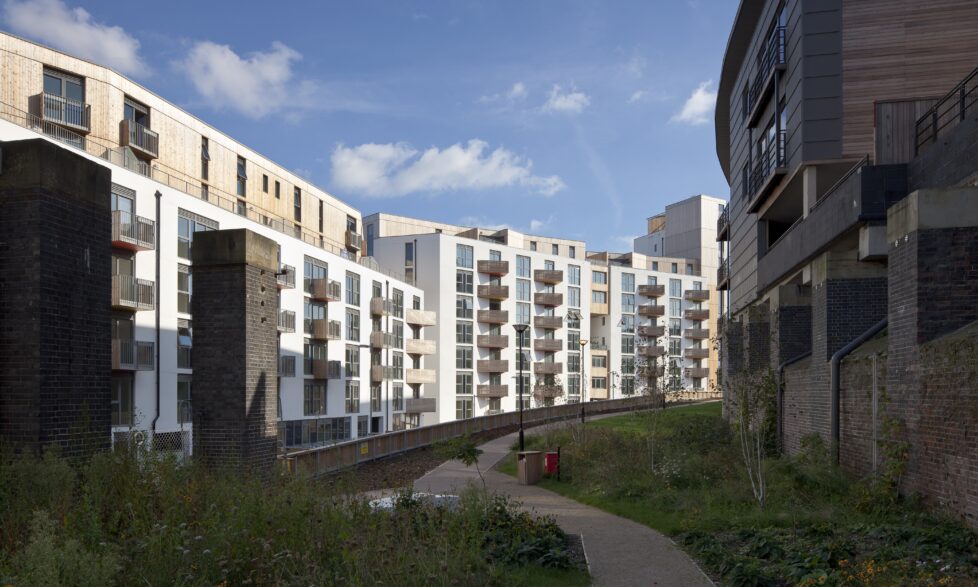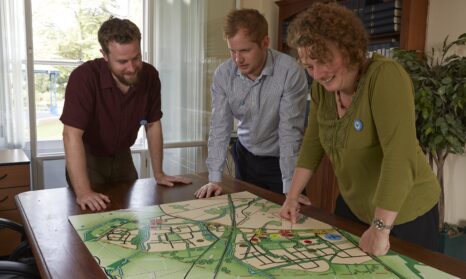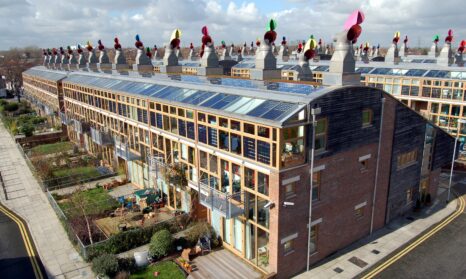The National Planning Policy Framework: what does it mean?
Lewis Knight looks at what the draft revision of the Government’s National Planning Policy Framework (NPPF) means for housebuilding, placemaking and sustainable development
The Government published its long-awaited draft revision of the National Planning Policy Framework (NPPF) at the beginning of March. The consultation on these changes closed on 10 May, with the final version expected to be published in the summer.
For me, the key takeaways from the consultation include:
- The definition of sustainable development is now much clearer in the new draft. The current version of the NPPF has a strong focus on economic growth, which presents a skewed view on what sustainable development is. The new draft sets out clearly that sustainable development has three mutually supportive objectives: economic, social and environmental.
But worryingly, the draft downgrades links to the UK Climate Change Act. Proposed changes suggest that planning decisions would no longer have to be in line with the objectives of the Climate Change Act. Instead, decisions would just have to be 'in the context' of the Act. - The framework keeps in place protection for green belt land and in fact goes as far as defining the criteria that must be met before changes are made to green belt boundaries.
A slight change in wording within the draft could potentially have a very positive impact on affordable housing. The new draft looks to allow residential development that contributes to local affordable housing on brownfield green belt sites, so long as it doesn’t cause substantial harm. This feels like a sensible solution for allowing much-needed affordable housing in areas that often need it the most. - Interestingly, the ‘Garden City Principles’ have been removed from the draft. This is worrying for the cities and towns that have been given Garden City status by the Government. However, the removal of these principles potentially signals that the Government recognises that healthy and safe communities can take many shapes and forms, and that this doesn’t just depend on being awarded a badge.
But there is a risk that removing the principles could produce soulless housing developments and not the high-quality, inclusive and genuinely affordable new communities that we desperately need. - The draft strengthens the requirements for good design, saying that local plans drawn up by councils should set out a ‘clear design vision and expectations’. These should also be supported by design guides and codes.
Additionally, it states that ‘great weight should be given to ‘outstanding or innovative designs which promote high levels of sustainability or help raise the standard of design more generally in an area’, as long as they are ‘sensitive to the overall form and layout of their surroundings’. This is encouraging for ambitious landowners, developers and design teams who do want to build highly sustainable homes. - Several changes have been proposed to help ensure that new developments are more resilient to climate change. The new draft now explicitly refers to the risk of overheating from rising temperatures and it makes clear that planning policies should "ensure the future resilience of communities and infrastructure to climate change impacts".
The changes follow warnings from the government's climate policy watchdog, the Committee on Climate Change, which last year called for better regulations to ensure new buildings can deal with hotter, wetter weather in the future.
The tweaked ‘Framework’ doesn’t offer any big surprises, and in places it is well intentioned and looks to encourage and facilitate more housing delivery. My question is, does it go far enough? In the current climate of rising homelessness, rising house prices and a shortage of affordable housing, will it enable us to meet the 300,000 homes a year we need? And will these developments and homes create places where current and future generations of people can live happy and healthy lives?
Bioregional submitted a response to the National Planning Policy Framework (NPPF) earlier in May.







